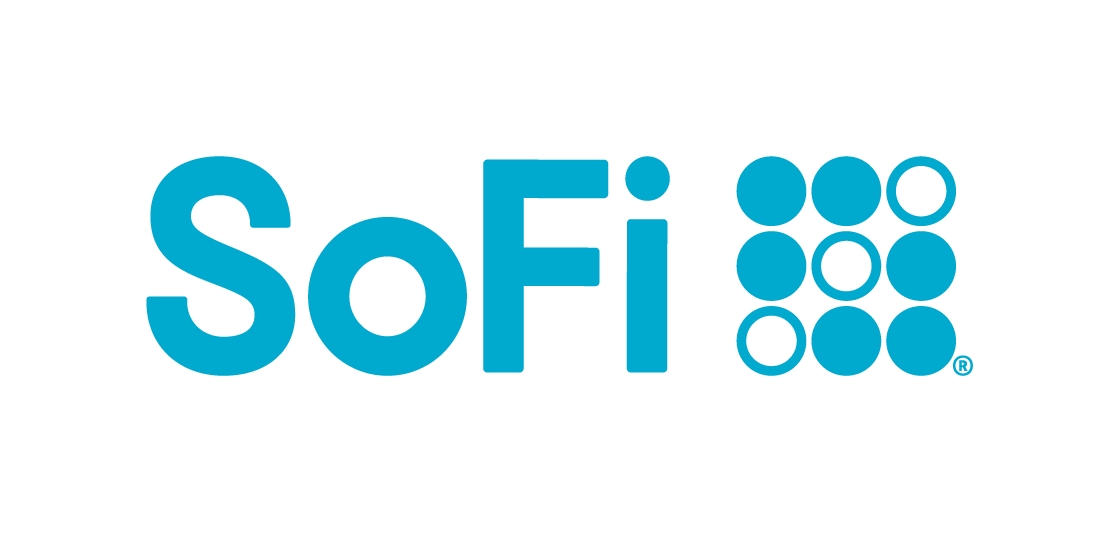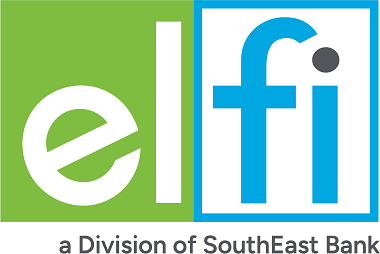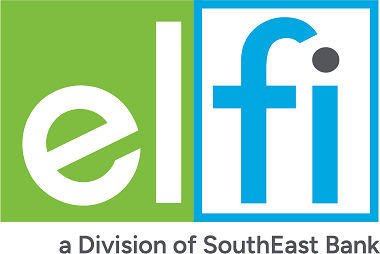Although commonly used interchangeably, the terms "interest rate" and "APR" (Annual Percentage Rate) hold distinct meanings. The interest rate signifies the expense of borrowing the principal loan amount, expressed as a percentage. In contrast, the APR encapsulates the comprehensive annual cost of a loan, incorporating fees and additional expenses, also depicted as a percentage. Typically, the APR surpasses the interest rate, considering its inclusive nature covering a wider range of loan-related costs.
- Interest is the cost to borrow money, APR (Annual Percentage Rate) is the annual cost of a loan, including fees, expressed as a percentage.
- All federal loans and most private loans use a simple interest formula to calculate interest.
- Factors that can affect the APR on private student loans include creditworthiness and financial history of the borrower, lender, terms of loan, and more.
- It's important for borrowers to compare APRs from different lenders when shopping for a private student loan.
- Borrowers can use tools such as comparison calculators to help understand the cost of borrowing before making a commitment.
How Much Do Student Loans Cost?
In its simplest terms a student will cost you want you borrow plus interest. The interest is the money the lender gets for loaning you the money. Lender will essentially charge you interest based on either a simple daily interest formula or compound interest formula. For the most part, student loan lenders (both federal and private) will utilize the simple daily interest calculation. Your daily interest is calculated based on your outstanding principal balance. As you pay your loan, and pay down your outstanding principal balance, the amount you are charged will decrease. Because of this, most of the interest on a loan is paid early on as the outstanding balance is the greatest. Some might assume that the total cost of a student loan is the amount you borrowed plus the amount of interest you are charged over the life of the loan.
However, it’s not always so. Federal student loans for example have origination fees, which are not assessed the same way as other fees on other types of debt. These fees are added to the loan balance up front, making the amount you borrow equal to the amount you agreed to borrow plus the origination fee. Meaning, if you borrow $10,000 in a Direct PLUS loan which has a 4% origination fee, your school will only get $9,600 and $400 will be assessed as the origination fee, once the loan is completely disbursed. Private student loans typically do not have fees associated with them, making the amount you agree to borrow, just that and nothing more.
How Does Interest Differ from APR (an Example)
Below is a sample comparison of a fixed rate private student loan vs. a Direct PLUS Loan with Origination Fees.
When it comes to the assessment of an origination fee on a federal student loan, it’s important to note the fee will be calculated based on the gross amount you are borrowing. This means you will need to borrow more than you need (to account for the fees).
Scenario: You want to borrow $20,000 to cover tuition. Both loan options have a fixed interest rate of 5.3% with immediate repayment of principal and interest to keep everything the same, sans the impact of the fees on the APR.
| Private Student Loan | Loan Terms | Direct PLUS Loan |
|---|---|---|
| $20,000 | Amount Needed | $20,000 |
| $20,000 | Gross Amount Borrowed | $20,884.68* |
| 0% | Origination Fee | 4.236% |
| 5.30%+ | Interest Rate | 5.30% |
| $20,000 | Total Loan Amount Applied to Student’s Account (Gross amount minus fees) |
$20,000 |
| 10 years | Repayment Term | 10 years |
| $5,809.11 | Total Interest Paid | $6,066.07 |
| $25,809.11 | Total Paid Over Life of Loan | $26,950.75 |
| 5.30% | Annual Percentage Rate (APR) | 6.213% |
*In order receive the full loan amount, you would need to borrow enough to cover the fees. Otherwise, a $20,000 loan would amount to $19,152.80 applied to the student’s account.
+Interest rate in this example is fixed. However, most private student loan lenders also offer variable rates. Today’s lowest APRs start at 4.47%.
Impact on Student Loan Repayment: 10-year Standard Plan
| Private Student Loan | Repayment Terms | Federal PLUS Loan |
|---|---|---|
| 10 | Total Years in Repayment | 10 |
| 120 | Total Months in Repayment | 120 |
| $215.08 | Monthly Payment Amount | $224.59 |
| $25,809.11 | Cost of Loan | $26,950.75 |
Here’s one more scenario to consider when looking at repayment.
Let’s review the impact of choosing an income-driven repayment plan offered under the federal student loan program. It’s important to note that Direct PLUS loans borrowed by a parent can’t be repaid under an income-driven repayment plan unless the loan is consolidated into a Direct Consolidation Loan and is repaid under an income-contingent repayment plan.
Scenario: Your $20,000 Direct PLUS Loan was consolidated into a Direct Consolidation loan. The new interest rate of the Direct Consolidation Loan is 5.375%.
You are married with a household size of 4. Your household income is $40,000 and you live in Massachusetts. You are repaying your loan under an income-contingent repayment plan. After 25 years of eligible payments, any remaining loan balance will be forgiven.
| Repayment Terms | Direct PLUS Loan |
|---|---|
| Repayment Plan | Income Contingent Repayment |
| Total Years in Repayment | 25 |
| Total Months in Repayment | 300 |
| Monthly Payment Amount | $154 - $0 |
| Total Amount Paid | $23,267 |
| Loan Forgiveness Amount | $16,734* |
*Based on current law, and amount forgiven under and income-driven repayment plan is considered taxable.
What is an Origination Fee
An origination fee is an upfront fee charged to a borrower to cover the cost to process the loan. This fee is typically a percent of the amount of money borrowed. The U.S. Department of Education charges origination fees on federal student loans. The percent charged will be determined by Congress every October 1.
Private lenders can also charge origination fees but generally they do not. Private student loans, however, do not possess some of the deferment and repayment benefits that federal student loans have, making the origination fee a willing trade off in many cases.
How Interest Accrues on Student Loans
Interest accrues on student loans as either simple interest or compound interest. This all boils down to the type of loan you borrow, and the terms provided by the lender. All federal student loan and most private student loans utilize a simple interest formula.
How Interest is Paid on Student Loans
Federal student loans and most private student loans use what is called Simple Daily Interest to calculate the amount of interest you pay. As you make payments on your student loan, payments will be applied to any outstanding interest first, and the remainder will be applied to your outstanding principal balance.
While you’re in repayment of private student loans, you will likely be in a repayment plan that covers any accumulated interest and some of your principal balance. You will likely see your loan being paid down rather quickly.
When it comes to federal student loans, there are several repayment plan options. While many federal student loan repayment plans cover the accruing interest every month and then pay down a bit of your principal balance, some income-driven repayment plans may actually put your loan in negative amortization. Negative amortization essentially means your payments are not covering your accruing principal every month, and you could increase the total amount you need to repay over time.
What to Read Next
How Does Student Loan Interest Work
























